Tennis Injuries
Common Causes & Best Prevention Strategies
Causes of Tennis Injuries
As we all know tennis is very demanding on the body. The great thing is, with guidance and education, from professionals e.g. tennis coaches, tennis trainers and health professionals, most tennis injuries can be prevented. It is unlikely you will go through your career without having some form of an injury. So knowing more about them and how to prevent them seems logical. Let’s get you more educated and set you up for a better chance of having an injury free career.
First let’s look at the breakdown of injuries in tennis players. Just under half of player’s injuries are lower limb (40%), upper limb injuries (25%), the remaining injuries are to the trunk/back and abdomen (20%) and thigh, hip, head, eye (15%). This is important to know when designing and implementing an injury prevention plan.
Let's look into some of the common causes for tennis injuries
1. Overload and Overuse
While it’s important to work hard physically to improve your tennis performance, it’s equally important to dedicate the same attention to rest and recovery. Vigorous, prolonged tennis exercises break down muscle tissue, can fatigue the nervous system and overall, place the body under stress. It is during the rest and recovery period that your body receives the positive physical and emotional gains. These gains can include cardiovascular, strength and mental improvements.
An overload of tennis training volume and intensity (level of energy used) with inadequate recovery time between sessions can lead to physical, behavioural and emotional issues in a player. This scenario can be classified as a condition called “overtraining”. Also known as burnout, this is a common problem for athletes of all ages in a range of sports.
Overtraining can be particularly prevalent in young players – possibly explained by the fact that they find it harder to communicate how they are feeling and are not as in tune with their bodies as adults. They do not know when to stop or slow down. They also find it hard to manage their energy levels during exercise.
Working with the right volume and intensity combined with adequate recovery (at least one day off a week from any physical training) combined with following a specific injury prevention program will give players every opportunity to improve and minimize the risk of any tennis training injuries.
Symptoms of overtraining can range from persistent fatigue and muscle soreness to mood swings, loss of motivation and even quitting the sport completely.
For these reasons, associations like the WTA have applied restrictions that don’t allow players to turn professional until they reach a certain age. Many international federations monitor and plan the calendars of junior players to help them avoid burnout. How long, how intense and how often a player practices, trains, and plays tournaments is very much an individual thing. We are all built slightly differently and therefore need to be treated differently. There is no generic perfect ratio; We can work with guidelines and then find what works best for each individual, young or old. What is important is to work out what the right balance is for each player.
Whether you are a coach, player or parent of a player it is important to get the balance right. Seek advice from qualified professionals (such as coaches and tennis trainers) and always ensure the player/s have had some form of involvement in the process of determining the length, frequency and intensity of their tennis training. By helping players avoid burnout, you’re helping them become a considerably more complete player too.
The table below provides a guideline for tennis training volume (Tennis practice/fitness training).
For Intermediate-Advanced players
|
AGE |
TENNIS |
FITNESS or OTHER SPORTS |
TOTAL |
|
6-8 yrs. |
2-3 days 45 mins |
2-3 days 45 mins |
3-4.5 hrs |
|
9-11 yrs. |
3-4 days 1 hr |
2-3 days 1hr |
5-7 hrs |
|
12-14 yrs. |
4-5 days 1-2 hrs |
3-4 days 1hr |
7-14 hrs |
|
14-16 yrs. |
4-5 days 2-3 hrs |
3-4 days 1hr |
11-19 hrs |
|
16-18 yrs. |
5-6 days 2-3 hrs |
4-5 days 1hr |
14-24hrs |
2. Musculoskeletal Imbalances and Deficiencies
Muscle weakness, inflexibilities and structural issues can all lead to injury if not identified and addressed. If you’re serious about your tennis training, it is imperative to consult a Tennis fitness trainer. A trainer will take you through a tennis fitness assessment and postural analysis. Here a tennis fitness trainer will establish your weaknesses and address them. They will design an individualized strength and conditioning program, which plays a vital role in reducing a player’s injury risk and improving performance. Improved muscle strength helps to absorb excessive forces and will help protect joints and connective soft tissue (muscles). It is important, however, that the total load of tennis training (both strength and conditioning and on-court training) is not excessive, which may have a negative effect and actually lead to injury (as in cause no.1)
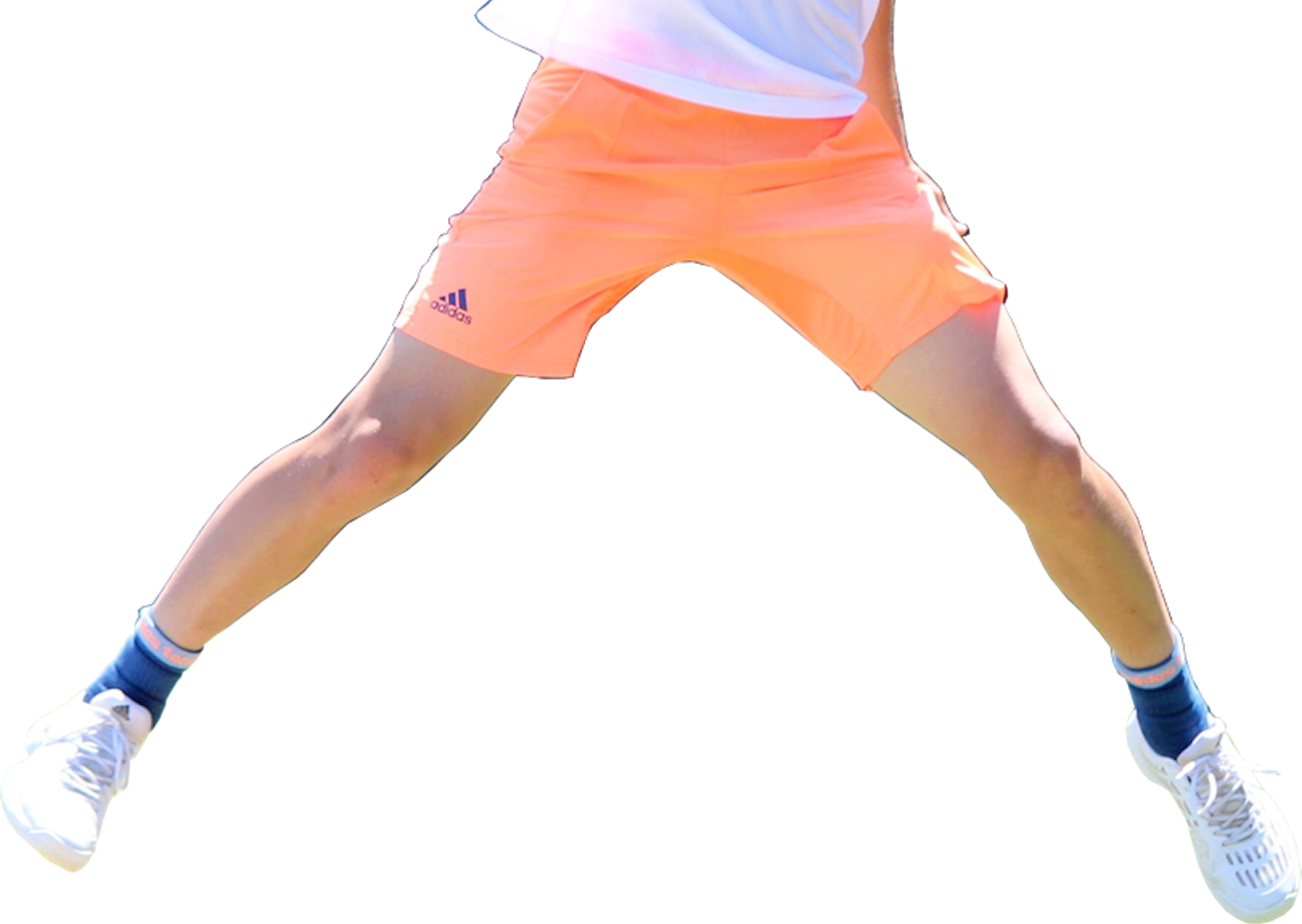
3. Technical Faults
Poor technique is a common cause of injury to the wrist, elbow, shoulder and occasionally the spine. Use of extreme or incorrect grips and poor co-ordination of the kinetic chain should be considered. Have a tennis coach analysis your technique and make adjustments if needed. Over time you would have heard some players have needed to adjust their service action, due to shoulder injuries (e.g. Maria Sharapova and Pat Rafter) As a very general rule, players who appear to be able to generate effortless power are less likely to be injured. Adjusting and modifying technique can be frustrating at first, but it always worth it in the long run.
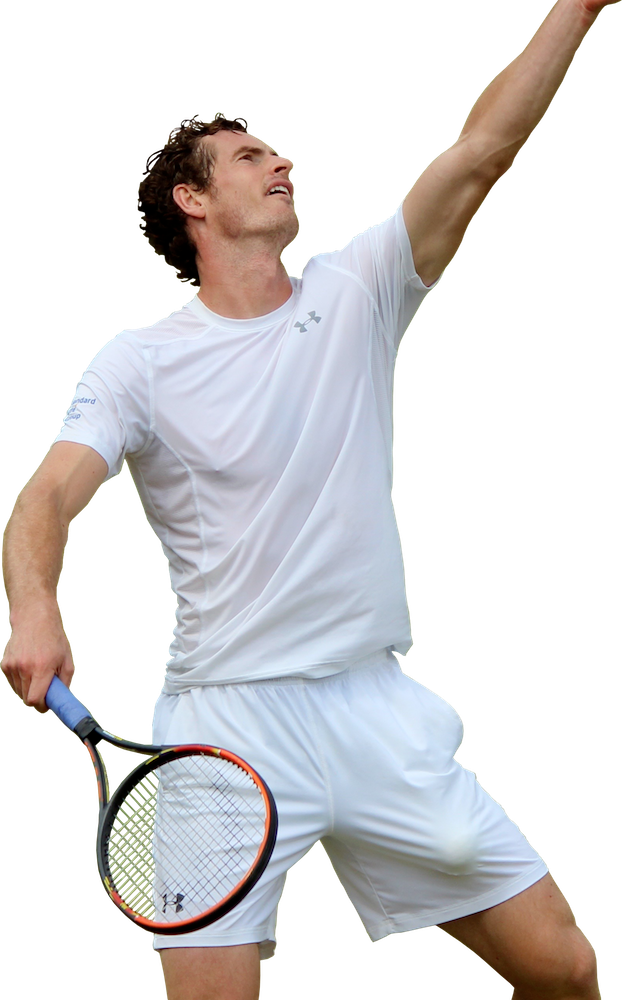
4. Equipment Faults or Recent Changes in Equipment
Sometimes the cause of the injury may be traced back to changes in equipment or due to inappropriate equipment being used over a long-term period. If an injury occurs following a recent change in racket, string type, string tension, or shoe type then it is important to recognize this as a possible factor. It is also important that you train in the correct footwear. We always have players ask us what shoes they should be wearing when training in the gym performing strength work, out running or doing agility training. We recommend the following;
Linear running – We recommend you wear running shoes. We suggest you wear running shoes when you are running in a lineal plain (straight) E.g. Performing 20 minutes of continuous running, interval running or sprints.
Agility and change of direction training– We recommend you wear tennis shoes. Because of the stop start movement, it is better to wear your tennis shoes as they are more supportive when changing direction. Running shoes do not have the support needed for agility training.
Power or plyometric training - We recommend you wear running shoes. We suggest this because good quality running shoes are better equipped to absorb the force that occurs during power and plyometric training. This means less force/shock coming through your body.
Gym work – We recommend you wear running shoes. Tennis shoes offer more all-round support for players, however running shoes offer more cushioning. Due to the fact most players wear their tennis shoes at high intensity for up to 20 hours per week on court. It is important they mix their footwear up when they can. Wearing your running shoes when off court also helps you get more longevity out of your tennis shoes, as there is less wear and tear on them.
5. Environmental
Court surface and injury types – Depending on what level you play at and where you live. Tennis surfaces can change for most players throughout the year. The most common injuries on Grass courts are lower back and hips, the most common injuries on hard courts are related to high load impact. With Clay courts there is a reduced impact therefore there is a decrease in direct injury rate. However, the points are longer and therefore can cause overuse injuries (as in cause no.1). When changing court surface, we definitely recommend, to gradually shift to a different surface and reduce the training volume, to lower the risk of injury. We also recommend when you are changing surface that you train specifically for the upcoming surface. Each surface works slightly different parts of the body, so it is important you strengthen those areas. This will minimise the risk of injury and help boost your performance. Examples of this are; On clay court a player would need to strengthen their adductors and groin region due to the sliding. Whilst when preparing for grass court you need strengthen the gluteal and lower back areas.
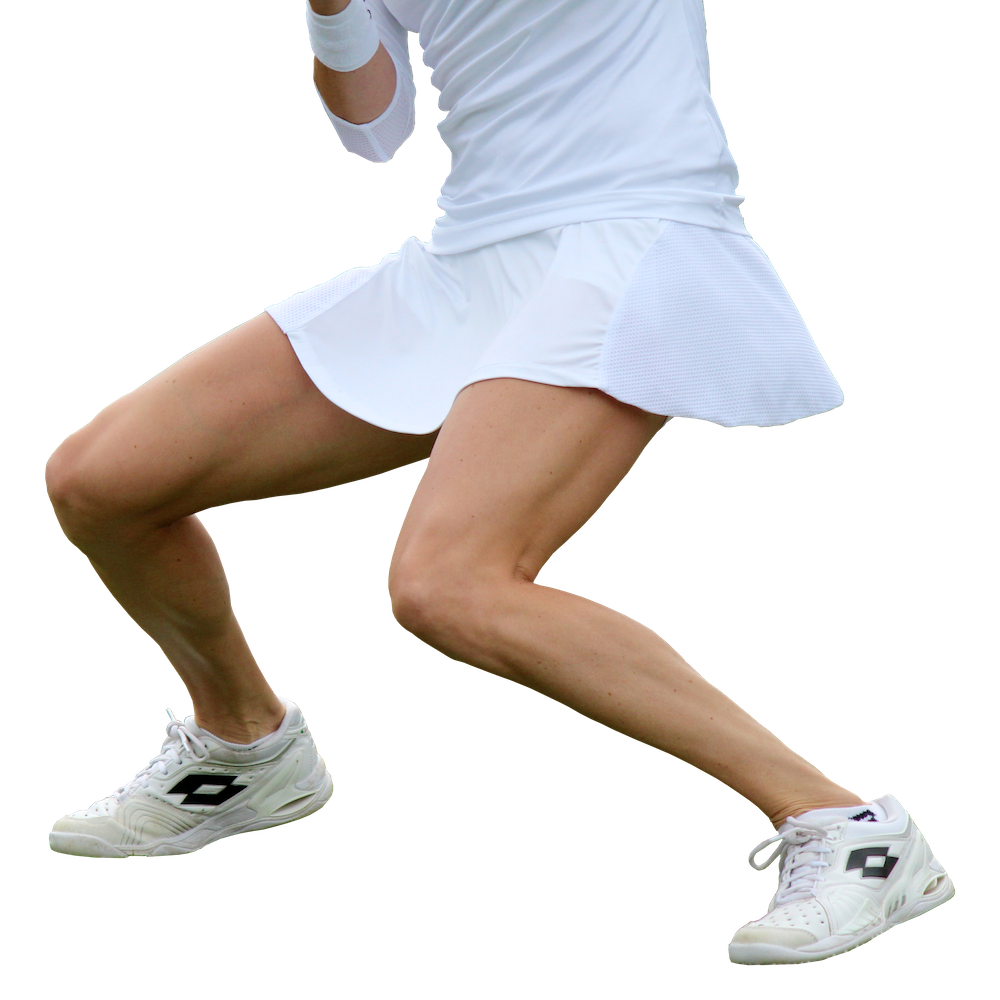
6. Traumatic
Trauma injuries are much less common in non-contact sports such as tennis. The most common trauma injuries in tennis are ankle sprains. Trauma injuries are difficult to prevent; however, it is important for the tennis coach or tennis fitness trainer to be competent in dealing with these injuries if they occur. You will find some courts surfaces are more prone to ankle sprains than others (Hard court and grass are more susceptible, then clay and synthetic grass) We recommend all players that do have a history of ankle injuries to add in some ankle stability, mobility and strengthening exercises. Even if you have never experienced an ankle sprain, we suggest you have some form of ankle strengthening and proprioception work in your training regime.
We hope this information gave you knowledge and insight into the causes of tennis injuries. Learning about the causes and how to minimise risk, will help prevent you getting injured and enable you to spend more time on court!
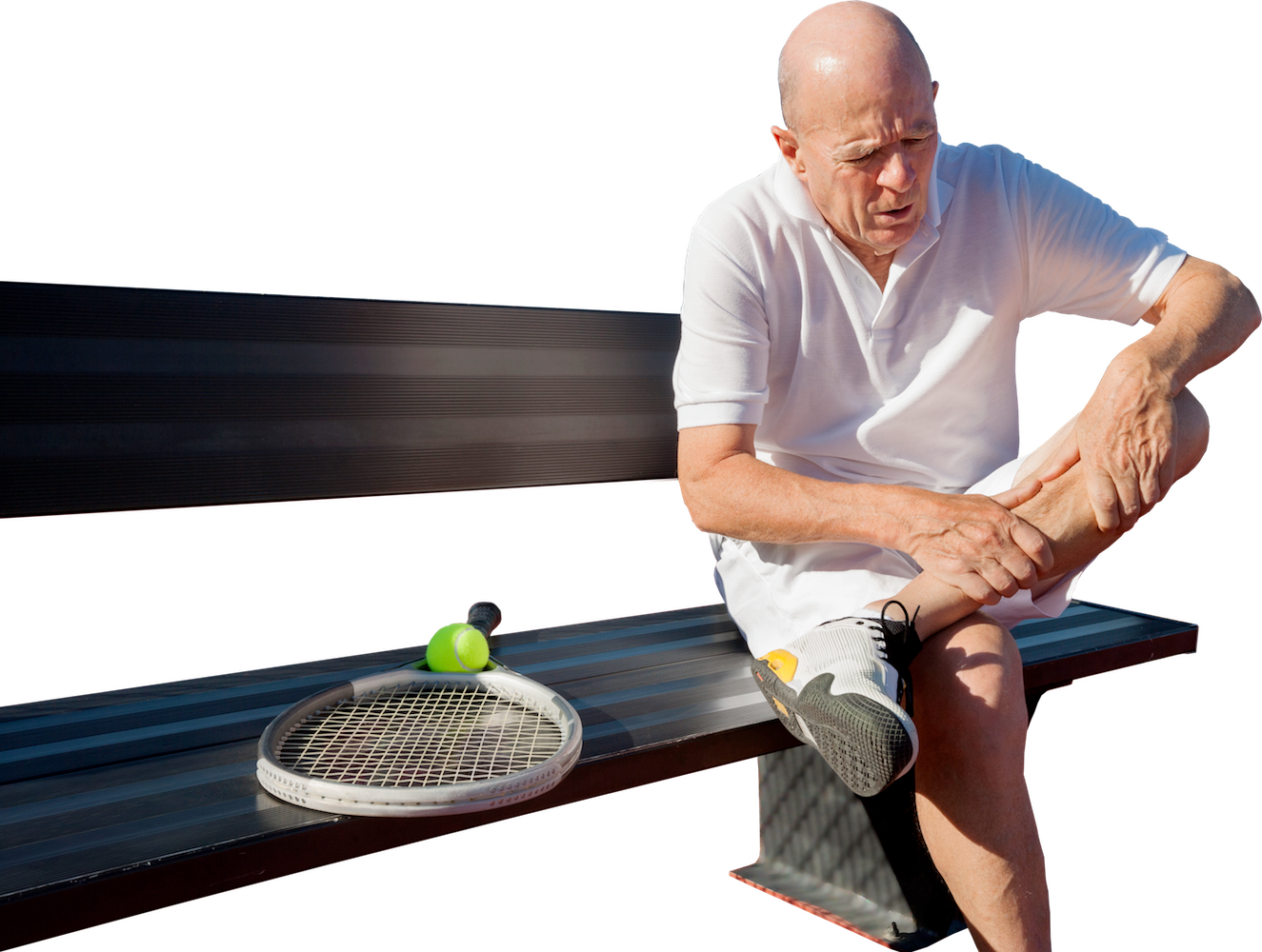
How to Prevent Tennis Injuries
Tennis is a physically and mentally demanding sport, if you have played the game before you would know what we mean. It is defined as a power endurance sport, which means it requires your body to make repetitive explosive multi directional movements. These certain movements can load the body with a lot of muscle tension and physical stress. To have longevity in the sport, it is imperative to implement injury prevention programming into your daily routine.
Sadly, tennis injuries end most careers and the fact most of them can be prevented makes you wonder how good past players could have been and how good you could be! Overuse injuries are the most common injuries in players. They occur for a few reasons. First of all, players may not have enough strength in their bodies (muscle tissue, connective tissue), they are not following a specific tennis strength program (they can start this as young as 8 years old) as strength is the foundation for movement. Secondly, are you or your players following an injury prevention program (shoulders, hips, knees, core, foam roller, stretching) If not you are running the risk of having issues. Like any danger in life, prevention is the best cure. Lastly, volume of training. How often, how long, how intense are your tennis practices and workouts (tennis/fitness)
If players do too much work without enough recovery, they are in trouble. I see it all the time..... this needs to be managed and there are effective ways to do it.
There are 4 things you can start to implement to help reduce tennis injuries?
Let’s take a look -
1. Pre and Post Tennis Phases
An effective way to reduce tennis injuries is introducing “Pre and Post tennis Phases” of warming up, cooling down and recovery into your training program.
A. WARMING UP FOR TENNIS – (There is four phases of a warm up)
- Cardio - This increases your heart rate and blood flow through the body. This helps prepare the muscles and joints for tennis fitness exercises and stimulates the nervous system. Skipping is a great way to achieve this as it works the upper and lower body, whilst stimulating the nervous system.
- Range of motion / mobility exercises - This helps mobilise the joints and opens up certain chains of movement. This is important for any player as it helps “Free” you up when you move and enables you to get into better positions on court. Following a tennis specific mobility program will open chains of movement that players will move in during shot preparation and follow through. If you do feel tight in certain area’s you can also introduce the foam roller e.g. if your squatting and you have tight calf’s you will need to roll, or trigger point that area, so the tight calves don’t interfere with your squat pattern and inhibit your movement patterns as this can cause long term injuries.
- Activation - We like to make sure the correct muscles are turned on and ready to go. If you have an area of weakness or prone to injury e.g. rotator cuff or knee, then we would get you to introduce some activation exercises into your warm up program e.g. shoulder int/ext. rotation or gluteal bridge activation exercises. This ensures these muscles are firing when you complete your training or play.
- Shadowing - We like all our players to do tennis shadowing before practice or play. 20 seconds of shadowing followed by 20 seconds of rest, repeated 3-5 times. Increase the intensity by 10% each set. This final stage of the warm up ensures the athlete is specifically warmed up and ready to go. It is also their chance to get their mind ready for the match or practice session ahead.
B. COOLING DOWN FOR TENNIS - (There is two phases of a cool down)
- Run, walk or cycle – Usually for 10mins. We have all our players cool down post practice or match. It allows your heart rate and breathing to return gradually to resting levels. It also helps reduce blood pooling in fatigued and damaged muscle tissue. This is a good time to process the match or practice session.
- Mobility / Stretch – We usually implement a 15-20min stretch and mobility routine into their post workout. This will help lengthen the muscles back to their original length and reduce any tightness for the next day. Having good flexibility and range of motion around the joints will help maintain optimal functional movement and assist in avoiding any tennis injuries.
C. RECOVERY TECHNIQUES FOR TENNIS – (There is four phases of a recovery)
Remember tennis can sometimes be a brutal sport. You can play hours per day, in heat and humidity, with not much rest between matches. Especially if you play singles and doubles you could potentially play a lot of matches within a short period of time, not to mention if it rains there can be a back log of matches to catch up. That is why it is important to adopt an effective recovery routine after playing or training. Just because you feel ok, that doesn’t mean you don’t need to perform your recovery routine. Think of this as a long-term investment, if you do the right things at a young age, it will all pay off later in your career.
- Eat and hydrate – What you put in your mouth is crucial. It’s the petrol you put into your body. If you eat nutritionist food you will have more energy, it will help reduce those energy slumps you may experience on court. Also what you drink is very important, don’t wait until you get thirsty to drink. Try to have regular sips of water whilst practicing and playing. If you are training or playing for over an hour that’s when we recommend an electrolyte drink. Avoid any sugary drinks as this will do more harm than good. We recommend coconut water or endura for our players.
- Foam roller – If you don’t have your own personal massage therapist then this is the next best thing. A foam roller will help minimize muscle soreness (DOMS), help prevent injury due to tightness and reduced range of motion. The great things about a foam roller are you can take them anywhere, you apply your own pressure and you can get right into the spots you know you need it.
- Ice bath or hot bath – These two techniques are effective at reducing muscle tension. Ice bath recovery can be performed like this - bath full of ice/water, getting the temperature to 12C, stay in for up to 10min. This helps reduce muscle inflammation and muscle tension. Hot bath recovery can be performed like this – Run a hot bath (getting it as hot as you can tolerate) apply some Epsom salts (cups) into the water and let it dissolve. Stay in the bath for 10-20min. This will help release muscle tension and relax the body. The best way to approach these two techniques is to have the ice bath as close to the completion of play or practice as you can, then at night before bed have the hot bath.
- Switching off – Some days on court can be very challenging - physically and mentally. It is very important you allow sometime to switch off. That doesn’t mean come home and watch tennis or tennis results. We mean switch off from tennis completely. Either listen to music, watch a movie read a book, meditate etc. Allow your mind to turn off completely from tennis. This is a good way to ensure you stay motivated and ready for the next day. Players with the strongest motivation will go the furthest. Let’s call it passion. It overrides all other factors, it helps develop resilience, persistence and mental fortitude. This gives players the ability to overcome and conquer almost anything. I have seen it first hand, a lot of times. As effective as strong passion can be, without it players will get lost, lose their drive and find other things to be passionate about. This happens for a few reasons. Firstly, too much too young. They can get burnt out easily, by doing too much of the same thing, both physically and mentally. The signs will be there (won't want to go to tennis, fatigue etc.) when they get to the point where they feel they have a voice they will start to let you know. I have seen good young players stop chasing their dream because of reasons that could have been prevented. I hope you can take something out of this that may help keep a young player in the game.
2. Functional movement Screening or Tennis Testing
Another effective way to reduce or avoid any long-term injuries is to implement tennis specific movement analysis. Movement analysis is an ideal way to establish areas of weakness, compensations and imbalances. Once we establish the functionality of the body we can then set realistic programming guidelines in order, to boost the bodies athletic capabilities. It’s not designed to identify the specific reason why a faulty movement patterns exists. There can be tons of possible reasons, but identifying there is a problem is the first step toward correcting it. Before we design or implement any programs, all players must perform a Functional Movement Screen. Once we have this we are then able to implement effective and specific programming for each individual player.
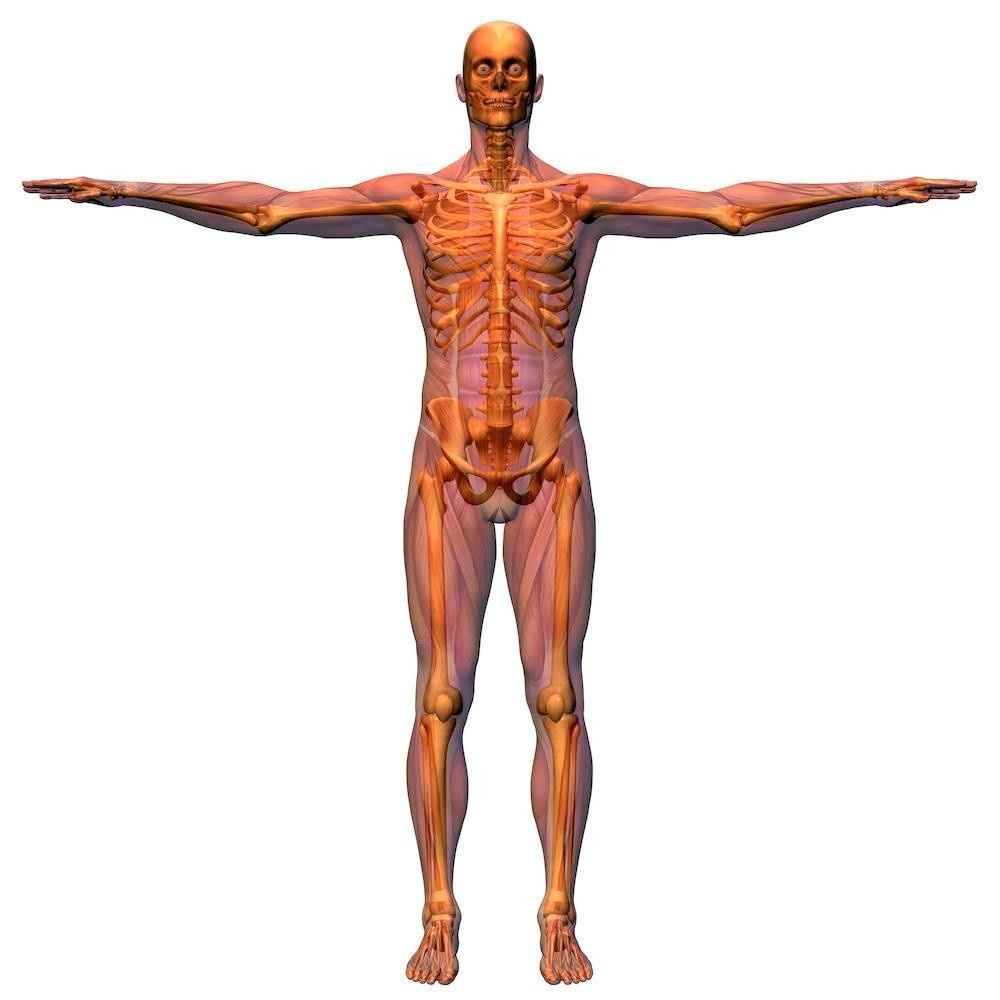
3. Building A Strength Foundation
If there is one thing you need to make sure you do; it is implement a specific tennis strength training program into your off-court training. At tennis fitness we believe STRENGTH IS KING.
Strength is the building block for every other aspect of physical development (power, speed and agility etc). Without an adequate strength base it will be difficult to get faster and more powerful.
Having a strong body is the foundation of physical development. If you want to prevent injuries, have more power and recover quicker, then getting stronger is the best thing you can do. Having a strong, stable body is like building a house on a solid foundation, it is crucial for long term success! It is crucial you follow an effective strength program that progresses over time. We sometimes have players tell us they have been doing the same strength program for over a year and then we have other players tell us they don’t follow a program they just do something different each time as they get bored. Your strength program needs to be age specific and developmental specific. You can’t train kids like adults and you can be trying exercises that you saw on you tube the night before. You need to get a specific tennis strength program that has effective progressions. Having a strength training for tennis plan will help the longevity and success of a player.
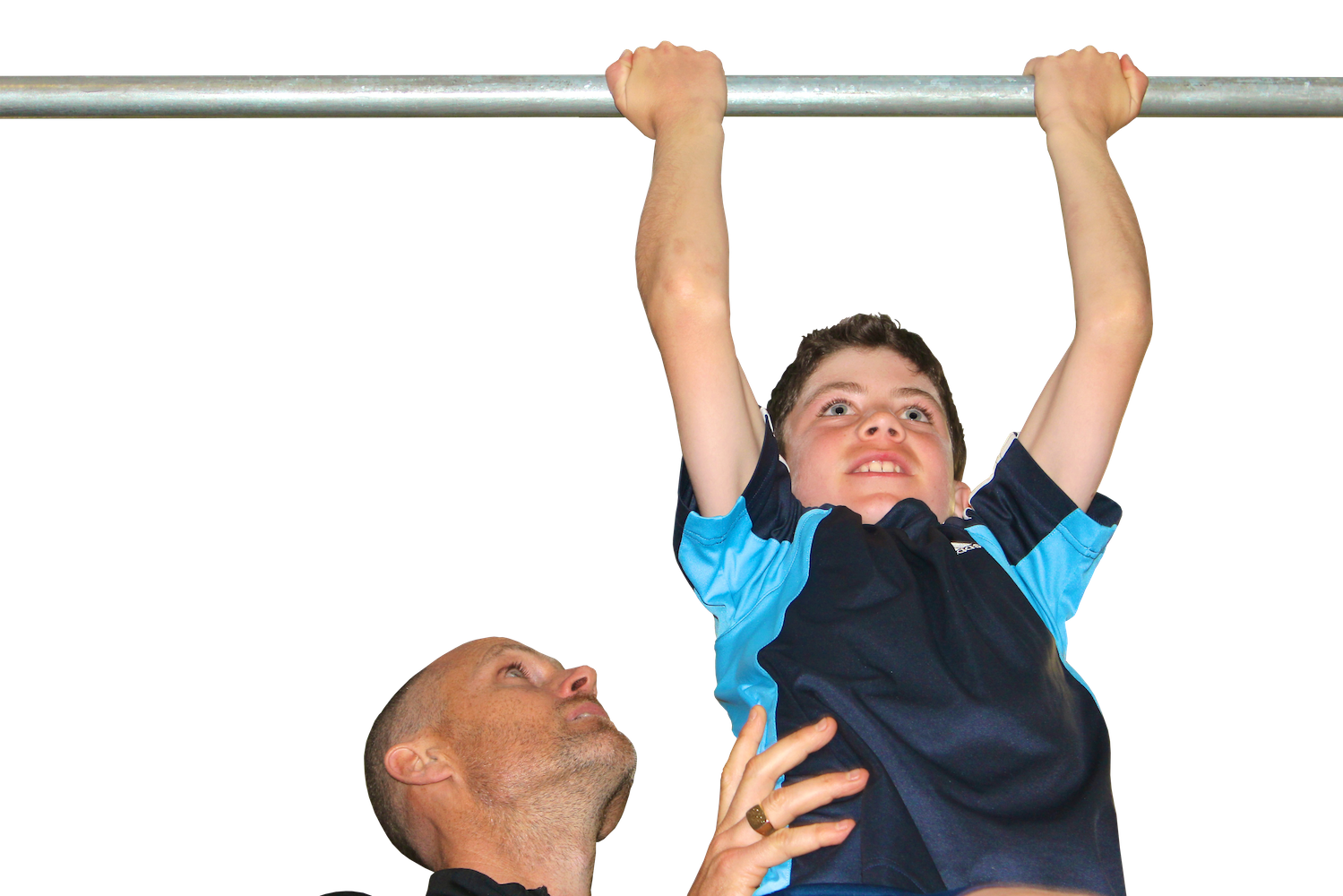
4. Monitoring
Every player should have some type of monitoring implemented into their daily routine. We have our players complete a diary after each workout e.g. energy levels, sleep quality, session intensity etc. What we recommend for you is to start monitoring how you feel on a daily basis, writing down how you feel each day for one month. Using a scale of 1–5 (1 being feeling fresh and full of energy; 5 feeling extremely fatigued and sore) the areas to be included are energy levels, sleep quality, nutrition/hydration and motivation. This enables you to track a player’s progress and manage them effectively. You can compare the results to the volume and intensity of certain periods of the month.

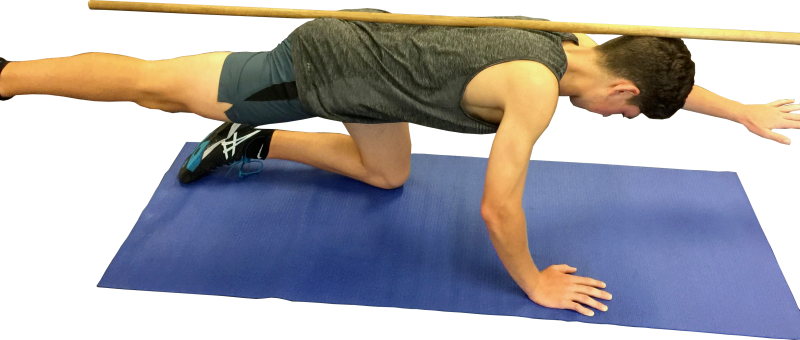
Get Your FREE Tennis Injury Prevention Program
The great news is most injuries can be avoided, finding ways to prevent them is the key. Implementing the above mentioned points are key in making it happen.
Injury prevention takes discipline and commitment. It really is where most players need to put more focus. We have found the players that do their preparation and recovery techniques consistently get the best physical gains over a longer period of time, with the least amount of injuries.
We are here to help, get on board and get the advice and structure you need to boost your game and stay on court longer!
For more information on strength, programs click here




